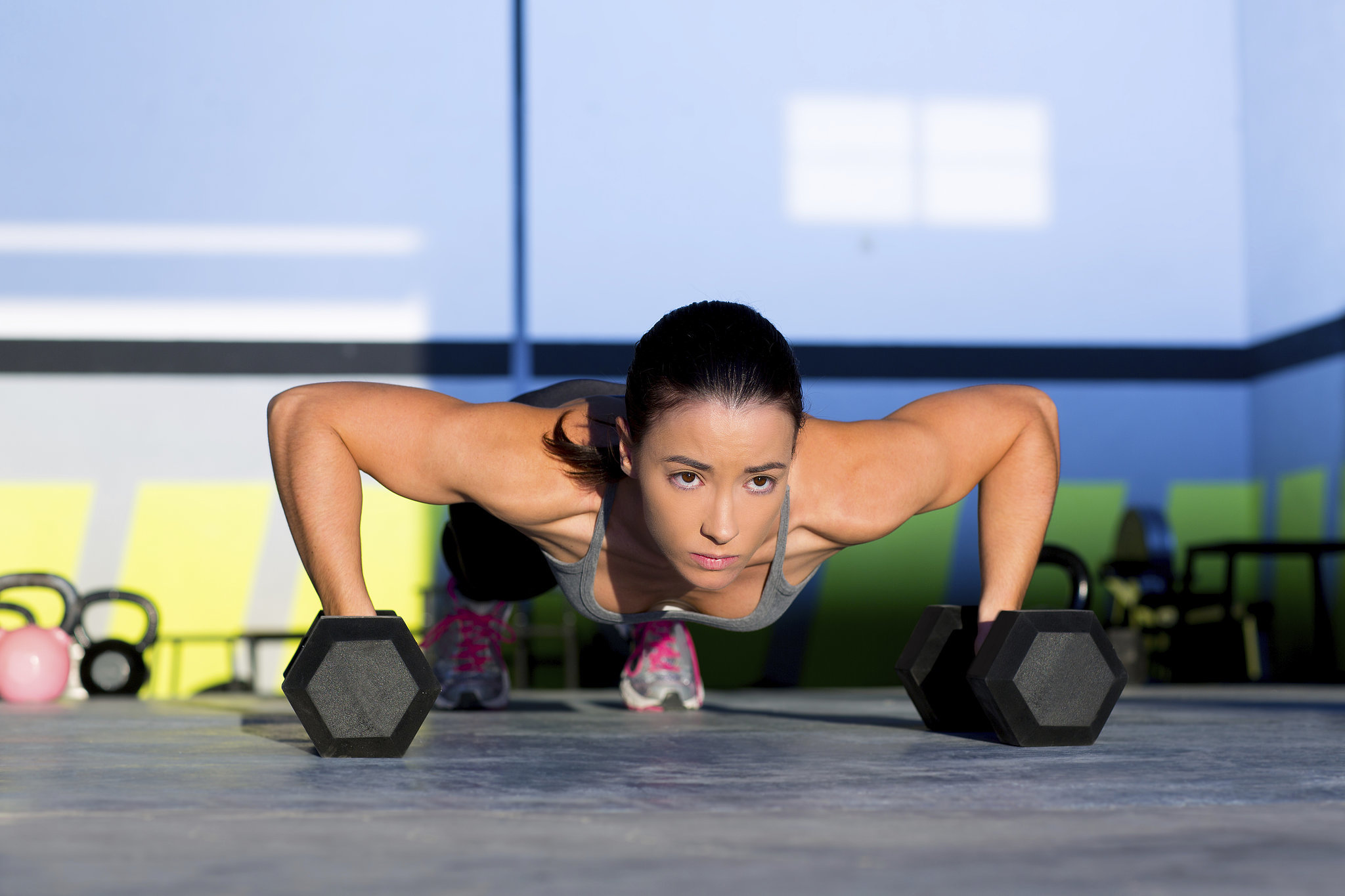Fad diets have been a huge misconception for the average clientele for personal trainers the last decade. Pyramid schemes, magic creams and lotions, 7-minute workouts, and shakes for meals are many of the popular items making it difficult for trainers to find clients and keep them on the correct nutrition and exercise.
 In the following read, you will be informed of just a few things about the proteins used in these popular diets and schemes that can cause harm to your mind and body rather than positive results.
In the following read, you will be informed of just a few things about the proteins used in these popular diets and schemes that can cause harm to your mind and body rather than positive results.
A popular routine that has been presented by companies like Herbalife, Advocare, Shakeology, and others is using a shake as a meal replacement. Many of these companies use the ingredients soy protein isolate and soy lecithin. In simple terms, the bottom of protein food chain and the lowest value you put in your body.
Soy protein can inhibit testosterone and growth hormone production, so for the average person or even child, a very bad thing. Testosterone and growth hormone are the two main hormones in the body used to create muscle.
Soy contains large amounts of biologically active compounds called isoflavones, which function as phytoestrogens… that is, plant-based compounds that can activate estrogen receptors in the human body.1 So for the fitness enthusiast venturing into a new workout regimen, why would they want more estrogen to cause us to lose even more testosterone?
Animal studies show that soy isoflavones can cause breast cancer. There are also human studies showing that soy isoflavones can stimulate the proliferation and activity of cells in the breasts. 1
In one study, 48 women were split into two groups. One group ate their normal diet, the other supplemented with 60 grams of soy protein.1
After only 14 days, the soy protein group had significant increases in proliferation (increase in number) of the epithelial cells in the breasts, which are the cells that are most likely to turn cancerous.1

A protein of whey, milk, casein, hydrolyzed or a blend of all is the best option for someone wants to add extra amount of protein into their diet. But you want to remember using a shake as a meal, even with protein, is highly frowned upon. With a shake you will never get the same amount of calories, carbohydrates, or fats needed to fulfill your body’s nutrient needs.
Another huge mistake I have noticed when potential clients or even just members of a gym are asking questions is the amount of money they are spending on the products from these protein powders and shakes. Herbalife protein is strictly soy protein isolate, as I said before the lowest of the low, which costs roughly $40-$50 a pound (actually 12.7 oz) depending where you order (Herbalife distributor, eBay, Amazon, etc.)2 In the eyes of a personal trainer who despises this protein, charging that high of an amount for a low quality protein is absurd.
A great quality protein, a hydrolyzed protein blend, like Optimum Nutrition HydroWhey is roughly $40-$50 for a much higher quality of protein for close to four pounds!3
So tell me this, when you have a company advertising and marketing their pyramid scheme company to the masses for unbelievable results for a low quality protein for three times the price, why would you give them business? Or do your research and find the correct products that will fuel and rebuild your body in the best way possible for a great price.
Although these are just a couple of shortcomings I have seen from these product lines and companies, I highly support the use of supplements and proteins for certain needs of a persons nutrition and diet.
Herbalife Protein Powder 12.7 oz. (n.d.). Retrieved February 16, 2015, from http://www.amazon.com/Herbalife-Protein-Powder-12-7-oz/dp/B00BPN3QZM
Is Soy Bad For You, or Good? The Shocking Truth. (2013, September 22). Retrieved February 16, 2015, from http://authoritynutrition.com/is-soy-bad-for-you-or-good/
Platinum Hydrowhey. (n.d.). Retrieved February 16, 2015, from http://www.optimumnutrition.com/products/platinum-hydrowhey-p-271.html








